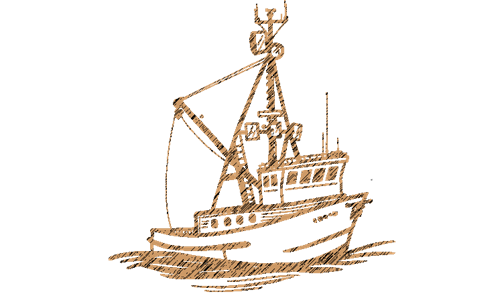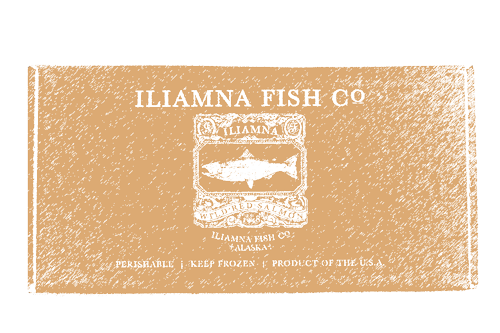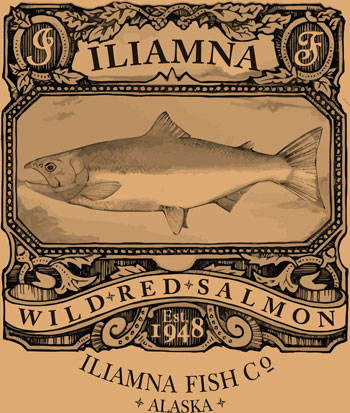Iliamna Fish Co. is a family-owned cooperative; we’ve been fishing together on the Bering Sea in Bristol Bay, Alaska for four generations. In 2008, following the example of farming friends, we started a CSA-style program with our boats’ catch. Individuals can now join us in our sustainably-managed wild sockeye salmon fishery, as shareholders in our harvest.
Press Mentions
“This month, hundreds of city dwellers will troop to cold-storage warehouses in Southeast Portland and Williamsburg, Brooklyn, armed with coolers and tote bags, to claim fish harvested in a place where the lumberjack look is worn without irony. The Iliamna Fish Company bases its hopes on these self-motivated consumers, in a variation on the now familiar community supported agriculture (CSA) model.”
Portland MonthlyTen years ago, Reid Ten Kley was selling wild salmon from his family's fishery in Alaska and shipping it to upscale grocery stores in New York City. It worked, but it didn't feel right. "We had 56 orders for New York one day. We said this is ridiculous. We're a city of a million people. There's got to be enough people here who can eat all this fish."
SustainableLife‘This is Ayana Elizabeth Johnson. She’s a marine biologist and also a policy analyst, a researcher, an inventor, a podcaster, all in an effort to teach us how we can save the oceans. AYANA: “I think the first thing I should say is, as opposed to choosing fish from anywhere in the world where you have no idea, eating U.S.-caught or locally caught seafood is a really good start. I personally support Iliamna Fish Company, this Indigenous Alaskan family that fishes for salmon in Bristol Bay, which is sustainable.”’
NPR—TED Radio Hour“Now, members of Dancing Roots Farm — Sirkin's CSA — also can preorder Alaskan sockeye salmon from Bristol Bay. Carley Shaut, 31, of Parkrose jumped at the chance. “Shari sent out an e-mail a month ahead of time — it was a pretty easy decision for us to make.” The offer was 20-plus pounds of sockeye — filleted, flash-frozen and vacuum packed — from a sustainable Bristol Bay fishery.”
Oregonian FOODday“It’s from here — where there are rusted canning vessels, broken boardwalks and literal human skulls poking out of the ground — that a group of fishermen are helping to change what it means to catch fish in Bristol Bay.”
Alaska Dispatch NewsFor close to a century, Mr. Nicolson’s big extended family has fished each summer in Bristol Bay, home to the largest red-salmon fishery on the planet. His grandmother, who is Athabascan, was born in the region. His brother used to joke that the family were like fish themselves, drawn by instinct to the mouth of the granite-colored Kvichak River, year after year.
The New York Times




